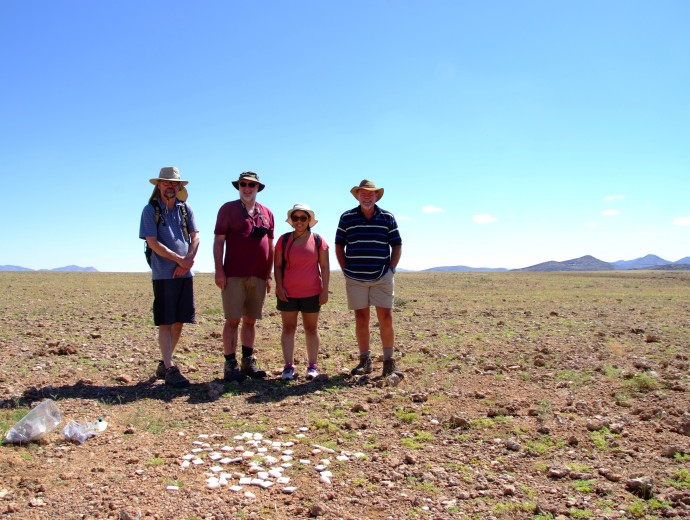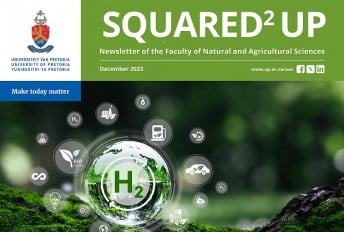It is one of the most inhospitable places on Earth. On the gravel plains of the Namib desert, very low rainfall and the sun’s unrelenting radiation make it impossible for most life to survive.
At 10am, the thermometer is already in the low 30s and climbing as researchers from the University of Pretoria set up their experiment. A heat haze steadily widens above the panoramic horizon.
The Namib Desert Landscape.
Any life that does exist in the Namib desert hinges on the availability of water and the fog that characterises the ecosystem. This makes it an ideal laboratory for scientists trying to understand how the smallest life — microbes — respond to water in their ecosystems.
This is particularly important for southern Africa, where climate change is expected to wreak havoc with water availability. The UN’s Intergovernmental Panel on Climate Change warns that the continent is likely to be the most vulnerable to climate change.
"The prediction of climate change is that water events will intensify [release more water] but rarify in frequency," says Jean-Baptiste Ramond, a research fellow at the University of Pretoria’s Centre for Microbial Ecology and Genomics.
"There is less water, but when it happens
— boom!"
He and postgraduate students from the centre are marking out two large squares of 3.5m by 3.5m that they will break up into a grid. The students will painstakingly water the grid in one square with rigorously strained and purified water. They will compare what happens to the microbes in the soil when they receive water with those in the other square, which will not
Researchers are increasingly recognising the importance of soil microbiomes in terrestrial ecology, and their wide-ranging consequences for ecosystem health and agricultural productivity. But climate change is expected to affect these microbial communities.
This experiment monitors the microbial communities’ respiration — their conversion by organic matter of oxygen into carbon dioxide.
"Deserts store about a third of the ‘terrestrial’ carbon in the world and represent one-fifth of the Earth’s total land surface area," says Ramond.









 Virtual Campus
Virtual Campus
Get Social With Us
Download the UP Mobile App